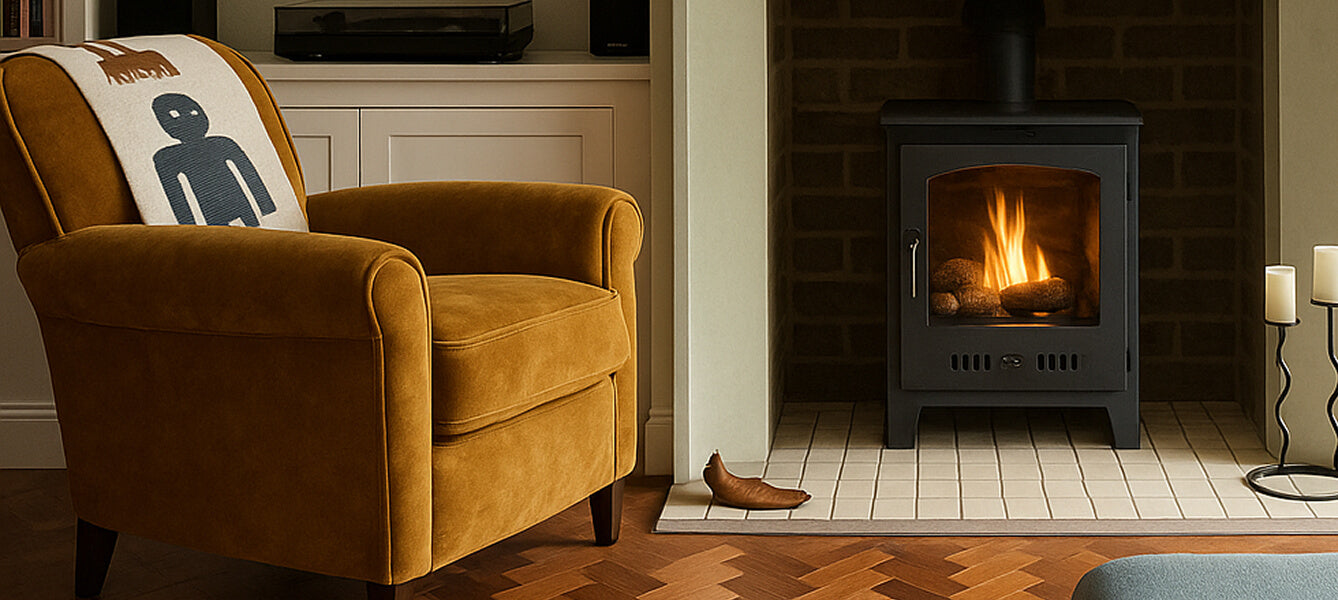frequently asked questions
You've got a question? we've got the answer
Got questions before buying your first biofuel fireplace? We've answered the most common ones below - if you need more help! Just ask
Can bioethanol fireplaces be used in a traditional fireplace insert?
Related Questions:
- How much space should I leave around a wall mounted Bioethanol Fireplace?
- How do I light my bioethanol fireplace?
- Can I move my bioethanol fireplace?
- How do I fix a bioethanol fireplace to a wall?
- How should I clean my bioethanol fireplace?
- Can I adjust the flame size of my biofire?
- How often should i check the steel burner box?
- What is the discolouration on the underside of the roof of my fire, and how can I get rid of it?
- Can i use the fireplace outdoors?
- Before you use the Biofire for first time!
- How hot is an ethanol fireplace?
- What is the 'whoosh' when I light my biofire?
- Can bioethanol fireplaces be used in a beach house?
- Can bioethanol fireplaces be used as a freestanding unit?
- Can bioethanol fireplaces be used as a room divider?
- Can bioethanol fireplaces be used in a camper van?
- Can bioethanol fireplaces be used in a cabin in the woods?
- Can bioethanol fireplaces be used in a loft apartment?
- Can bioethanol fireplaces be used in a small house?
- Can bioethanol fireplaces be used in a treehouse?
- Can bioethanol fireplaces be used in a yurt?
- Can bioethanol fireplaces be used in an outdoor space?
- Can bioethanol fireplaces be used in a basement?
- Can bioethanol fireplaces be used in a bathroom?
- Can bioethanol fireplaces be used in a bedroom with carpet?
- Can bioethanol fireplaces be used in a commercial kitchen?
- Can bioethanol fireplaces be used in a commercial space?
- Can bioethanol fireplaces be used in a conservatory with a glass roof?
- Can bioethanol fireplaces be used in a conservatory with a polycarbonate roof?
- Can bioethanol fireplaces be used in a conservatory with a thatched roof?
- Can bioethanol fireplaces be used in a conservatory with a tiled roof?
- Can bioethanol fireplaces be used in a garage?
- Can bioethanol fireplaces be used in a gazebo?
- Can bioethanol fireplaces be used in a houseboat?
- Can bioethanol fireplaces be used in a mobile home?
- Can bioethanol fireplaces be used in a rental property?
- How do you properly maintain a bioethanol fuel box?
- How do you put out a bio ethanol fire?
